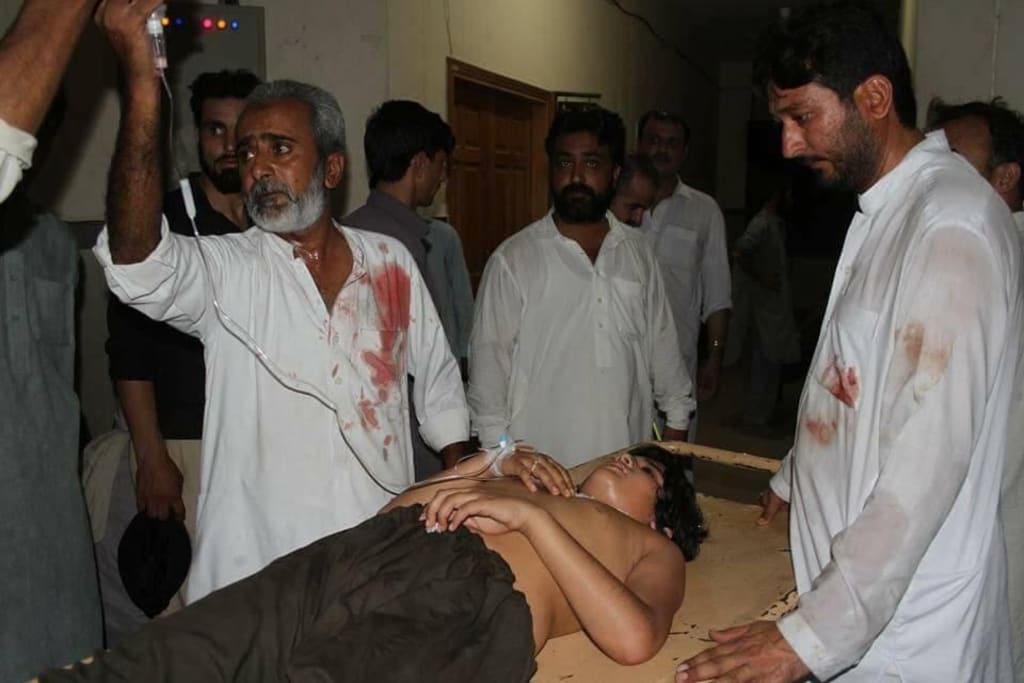Disadvantages of Aerial firing
Aerial Firing

The Disadvantages of Aerial Firing: A Menace to Society
Introduction
Aerial firing, also known as celebratory gunfire or random shooting into the air, has unfortunately become a prevalent yet dangerous practice in various parts of the world. This essay aims to shed light on the numerous disadvantages associated with aerial firing, highlighting the potential harm it poses to individuals, communities, and society as a whole. From tragic accidents to social unrest, the consequences of this reckless act extend far beyond the momentary joy it may bring to some individuals.
1. Loss of Life and Injury
One of the most glaring disadvantages of aerial firing is the potential loss of life and the risk of serious injury. When bullets are shot into the air, they eventually come back down, often at high velocities. Innocent bystanders, including children, are susceptible to being struck by these bullets, resulting in severe injuries or even fatalities. Countless incidents have occurred where individuals have lost their lives due to stray bullets falling from the sky. Such tragedies not only cause immense grief for families but also leave a lasting impact on communities, eroding trust and causing fear.
2. Property Damage
Another significant disadvantage of aerial firing is the potential for property damage. Falling bullets can penetrate roofs, windows, or other structures, causing extensive damage to private property. The financial burden of repairing or replacing such damage falls on the affected individuals, compounding the already devastating consequences. Additionally, stray bullets can damage vehicles, power lines, and other public infrastructure, leading to costly repairs and disruptions to daily life.
3. Psychological Impact
Aerial firing can have profound psychological effects on individuals who witness or experience its consequences. The sound of gunshots and the fear of falling bullets create an atmosphere of anxiety and insecurity, leaving people traumatized. Communities living in areas where aerial firing is prevalent often suffer from prolonged psychological distress, affecting their mental well-being. The constant fear of being struck by a stray bullet restricts individuals' freedom and hampers their quality of life.
4. Social Unrest and Fear
The practice of aerial firing contributes to social unrest and an overall climate of fear within communities. The random firing of guns can escalate tensions and lead to conflicts among individuals or groups. The perception of insecurity and unpredictability generated by this dangerous act can strain social relationships and hinder community cohesion. In areas where aerial firing is commonplace, residents are often hesitant to venture outside during celebratory occasions, leading to the isolation of communities and the erosion of social bonds.
5. Legal and Ethical Implications
Aerial firing raises significant legal and ethical concerns. In many jurisdictions, the act is illegal and punishable due to the inherent risks it poses to public safety. Those who engage in aerial firing not only violate the law but also disregard the ethical responsibility of ensuring the well-being of others. Implementing and enforcing stricter laws and penalties can help deter individuals from partaking in this perilous act, safeguarding the lives and property of the general public.
Conclusion
Aerial firing, despite being celebrated as a form of expression or jubilation, presents numerous disadvantages that overshadow any momentary joy it may bring. From the loss of life and property damage to psychological trauma and social unrest, the risks associated with this practice are far too great to ignore. It is imperative for individuals, communities, and society as a whole to recognize and address the perils of aerial firing, promoting responsible behaviour and fostering a safer and more secure environment for everyone.
About the Creator
Bashir Yusafzai
government servant





Comments
There are no comments for this story
Be the first to respond and start the conversation.